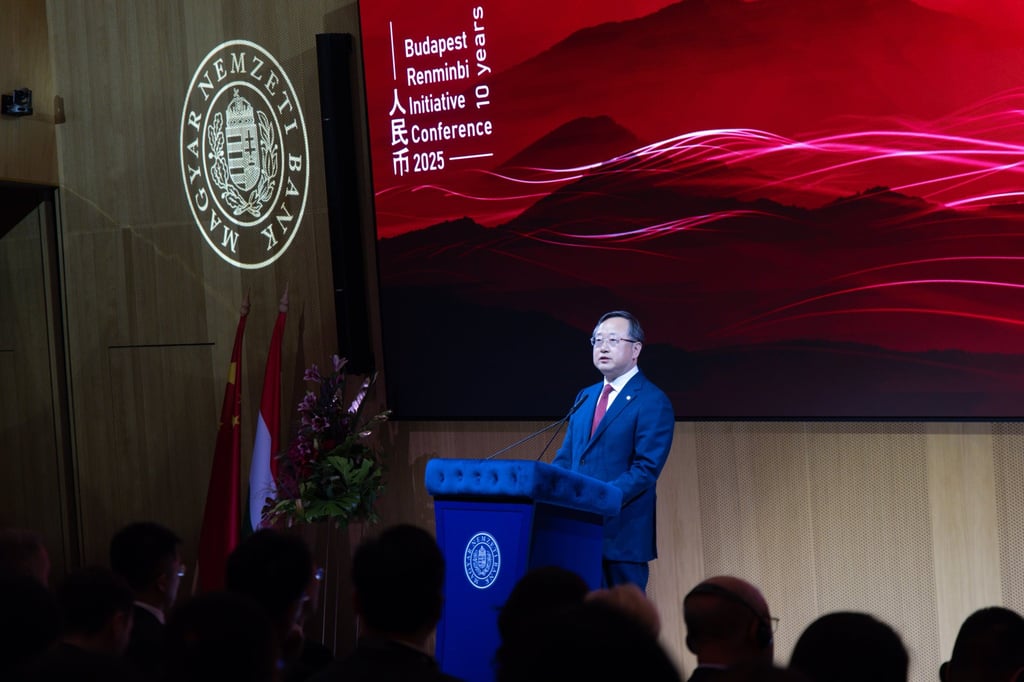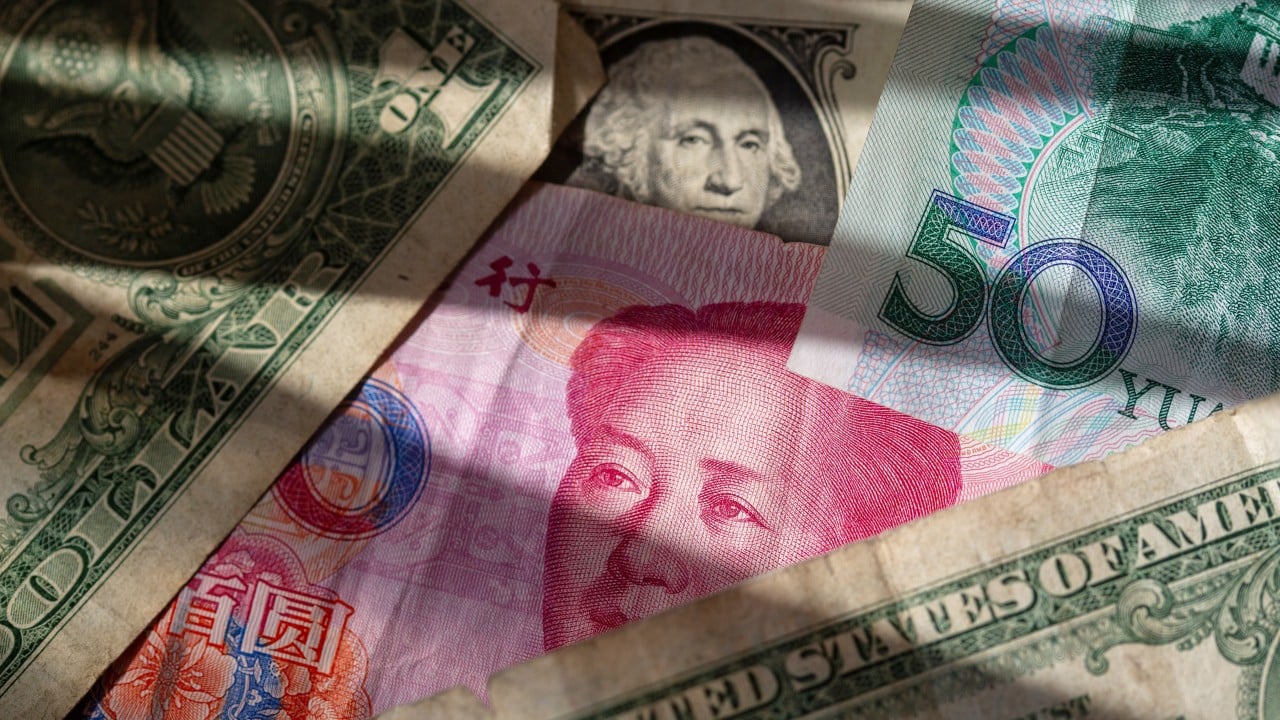For decades, cross-border trade in the Asia-Pacific has been denominated in US dollars. Given the currency’s relative stability and accessibility, small and medium-sized businesses, merchants and manufacturers looking to expand across borders traditionally conducted international trade in the US dollar.
Advertisement
For instance, a Shenzhen manufacturer in China paying its Indonesian supplier would convert yuan to US dollars for the payment, which when received will be converted to Indonesian rupees, and vice versa. This exposes both parties to foreign exchange risks and costs but businesses accepted these for the sake of the advantages of internationalisation.
Today, these terms of trade are being rewritten quickly, driven by the exacerbation of tariffs around the world and business owners’ fear of uncertainties: the Organisation for Economic Cooperation and Development (OECD) recently warned that the world faced major threats to growth that could materialise soon and persist into the next year.
Against this backdrop of uncertainty, we are seeing a remarkable acceleration of direct currency settlements, particularly involving the renminbi, bolstering the case for the globalisation of the Chinese currency.
This is not a speculative future scenario but a trend that has been developing since the Covid-19 pandemic. While the US dollar remains the world’s most widely used currency, accounting for 88 per cent of foreign exchange transactions and 54 per cent of international trade, its dominance has diminished in recent decades. According to International Monetary Fund data, in 2001, the dollar represented 71.5 per cent of the world’s reserves but by last year, that had fallen to 58 per cent.
Advertisement
Meanwhile, China has authorised 34 offshore yuan clearing banks in 32 countries and regions, including most advanced economies and many large emerging economies. Its Cross-border Interbank Payment System (CIPS), introduced in 2015, is also increasingly adopted for use. Daily payments on CIPS have grown to about US$60 billion, compared to US$1.8 trillion on the Clearing House Interbank Payments System (CHIPS), the main method of settling large US dollar transactions.


